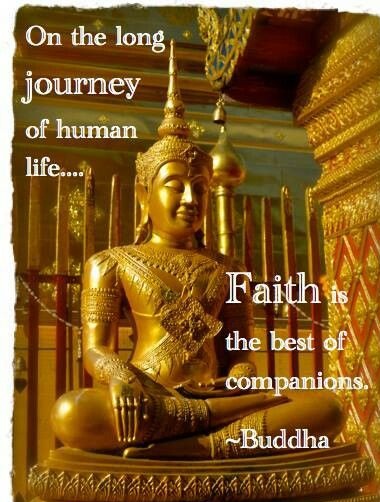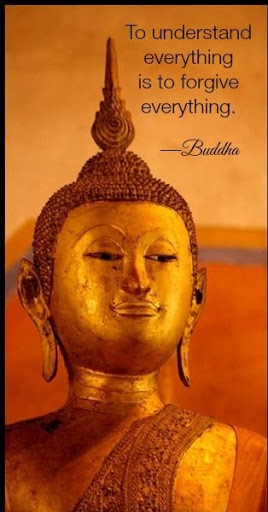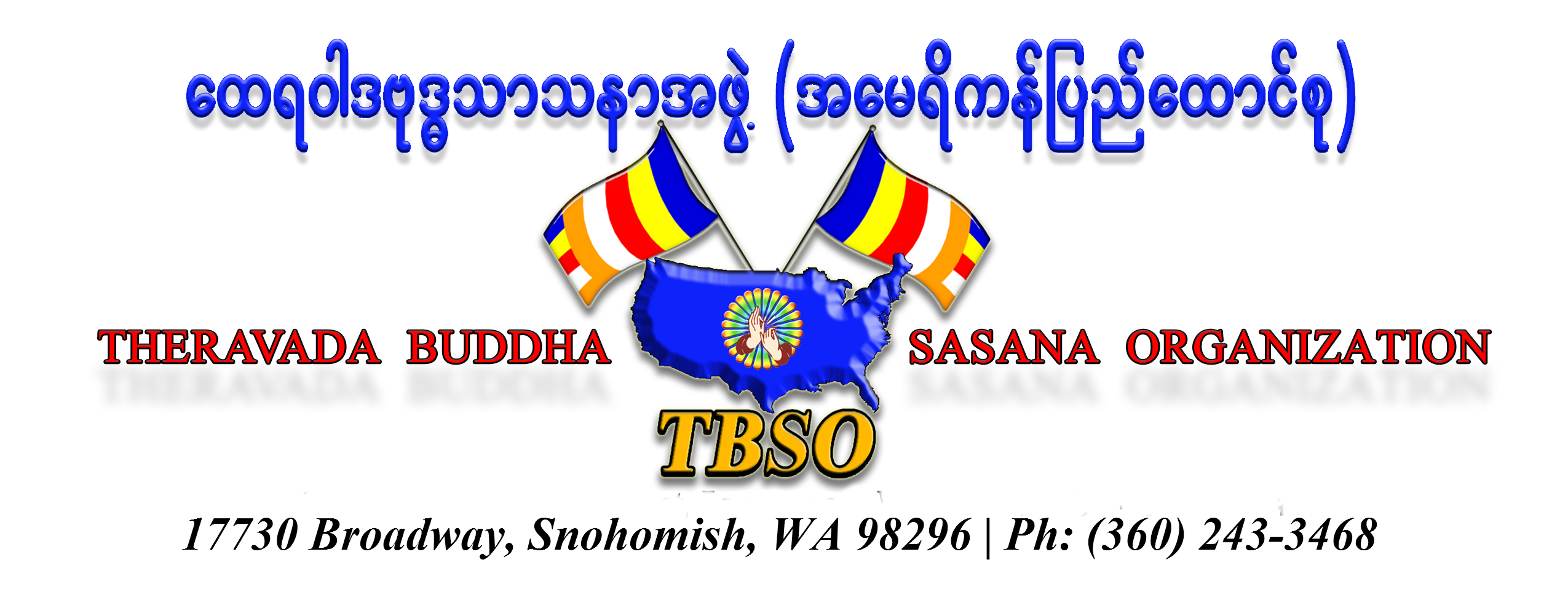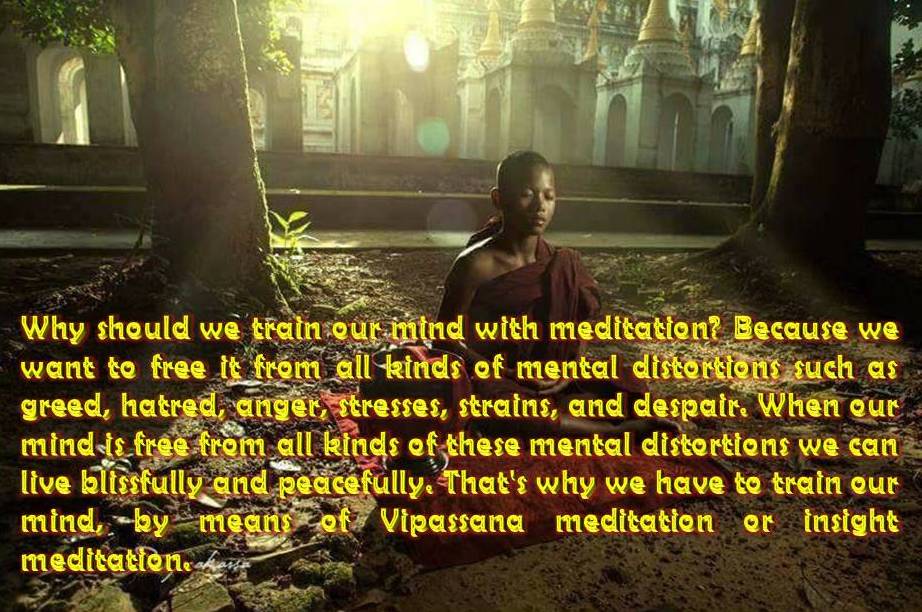About Us
Ministry of Buddhasasana
By
the Constitution of the Democratic Socialist Republic of Sri Lanka,
Buddhism in this country has been given the foremost place and whilst
providing necessary provision to protect and foster Buddhasasana ,
protection of the rights of all religions has also been emphasized. In
accordance with this concept in page twenty five of the manifesto for a
Maithree governance and a stable country, it has been stated “The
freedom of People of all religions to follow their religious beliefs
should be assured”.
In
order to achieve this objective, it has become the responsibility of
the Ministry of Buddhasasana to implement suitable projects and to
launch programmes which would be helpful for the development of social
values in a manner which would cover the entire Sri Lankan society.
Accordingly, among the Ministries in Sri Lanka, the Ministry of
Buddhasasana spontaneously
Becomes a unique government institution.
The
necessity for the building up of a country with citizens who are
spiritually developed, is felt very strongly in the present era and that
is why His Excellency the President is ceaselessly emphasizing the fact
that what has to be done for the creation of a just society should be
done without delay. The Ministry of Buddhasasana is engaged in a
continuous mission to provide religious leadership to the people in
order to propagate concepts which would promote unity and reconciliation
among the ethnic groups.
Accordingly,
the Ministry of Buddhasasana, in collaboration with the Department of
Buddhist Affairs which is under it, is performing an immense service to
achieve these objectives.
Main performance indicators of the Ministry of Buddhsasana
- Re-structuring
the Dhamma education network with a high profile which would develop
positive concepts whilst providing a new dimension to strength then the
link between the Buddhist places of worship and the people.
- Empowering all Buddhist places of worship with information technology and making them centers providing multi services.
- Making Buddhist places of worship net work attractive places which would attract local and foreign tourists.
- Re-structuring Buddhist places of worship to Buddhist centres with
- Systematic physical development for the modern generation whilst conserving the traditions.
- Propagating Buddhism and Buddhist philosophy
- Creating a virtuous country with a just society.
-
Main Divisions of the Ministry and their Functions
The
Ministry of Buddhasasana comprises of 08 main divisions for the
implementation of functions in order to reach the vision of being the
dominant facilitator for the creation of a virtuous society with
Buddhist ethics.They are,
- Administration division
- Development division
- Accounts division
- Poojabhoomy Development division
- Visa division
- Buddhasasana Fund
- Ministry Secretariat
- Deputy Ministers Secretariat
Administration Division
Management
and monitoring of all human resources and physical resources of the
Ministry to achieve the vision and the mission of the Ministry of
Buddhsasana, are being carried out by the Administration Division. This
division which is operative under the Additional Secretary
(Administration and Finance), performs the following functions.
- All administrative functions of the Ministry.
- Maintaining the personal files of all employees, including the Staff officers.
- Administration of vehicles belonging to the Ministry.
- All maintenance and administrative activities of the Ministry building.
- Fulfilling the administrative functions and other needs of Ministry staff and Deputy Minister’s staff.
- Activities pertaining to the festivals which are being Conducted the Ministry.
- Coordination and supervision of administrative activities of the Ministry Of Buddhasasana.
- Settlement of all official telephone bills of the Ministry.
- Settlement of assessment and electricity bills of the Ministry building.
- Functions relating to the cleanliness and security of the Ministry.
- Submitting of Cabinet Memorandums and taking action with regard to all Acts.
- Training and development of the staff.
Development Division
The
main objective of the Development division is to plan, monitor,
implement and follow up action for creating a virtuous society with
moral values by investing in programmes in accordance with government
policies and financial provision provided for the revival of Buddhism by
the Government budget. In order to reach these objectives, the
following functions are being performed.
- Planning, implementing and monitoring, various development Projects which are being undertaken by the Ministry.
- Preparation of annual Action Plans.
- Progress review activities relevant to the Departments affiliated to the to the Ministry.
- Preparing Cabinet Papers pertaining to the subject of planning an development of the Ministry and activities relevant to the implementation of their decisions.
- Directing
and monitoring the coordination of official duties relevant to all
local/foreign construction projects implemented by the Ministry.
- Printing of books and preparing annual diaries.
- Coordinating
and monitoring activities relevant to the subject of development in the
Ministry and in Departments and Institutions affiliated to the
Ministry.
- Coordination
of activities pertaining to special projects which are being
implemented under the initiative of the Ministry and outside
Institutions.
- Maintaining the Information Unit of the Ministry, with necessary up-dating.
- Operating the web site of the Ministry with necessary up-dating.
- Coordinating and implementing various progrmmes carried out by the Ministry for religious co-existence.
- Coordinating the media activities of the Ministry.
Poojabhoomy Development Division
Poojabhomy
development based on religious and social services carried by
respective places of worship, identified as places of worship with
archeological evidence and historical importance at regional levels,
declared under the Town and Country Planning Act No. 15 of 1946, is
being carried out by this Division.
Accordingly,
the main function is providing financial assistance for the development
of places of worship, taking into consideration their religious
importance, archeological and environmental importance, historical
importance, cultural importance and economic and social factors.
Visa Division
1.
Issue of letters recommending visa for the clergy and laymen who are
coming from foreign countries for religious activities. (Arrival visa
and recommendations for providing residential visa extensions).
2. Issue of letters recommending visa for Bhikkus residing here and abroad
3. Registration of organizations, which are organizing pilgrimages to India.
4. Issuing recommendations for visa for pilgrimages to India.
5. Investigating complaints received regarding pilgrimages to India.
Buddhasasana Fund
Buddhasasana
Fund has been established under the provisions of Buddhasasana Act
No.35 of 1990 with the objective of collecting and formulating funds to
protect and foster Buddhasasana. Funds received from whatever sources,
whether local or foreign, are being invested to consolidate the
protection of the Buddhasasana, in a manner considered as most
appropriate. The administration and management of the Fund, has been
vested to the Administrative Board.





 Online Tipiṭaka Law Research & Practice University
in
112 CLASSICAL LANGUAGES
Online Tipiṭaka Law Research & Practice University
in
112 CLASSICAL LANGUAGES 































Organization representatives - add corrected or new
information about Buddha Sasana Temple
»
Non-representatives - add comments about Buddha Sasana Temple»